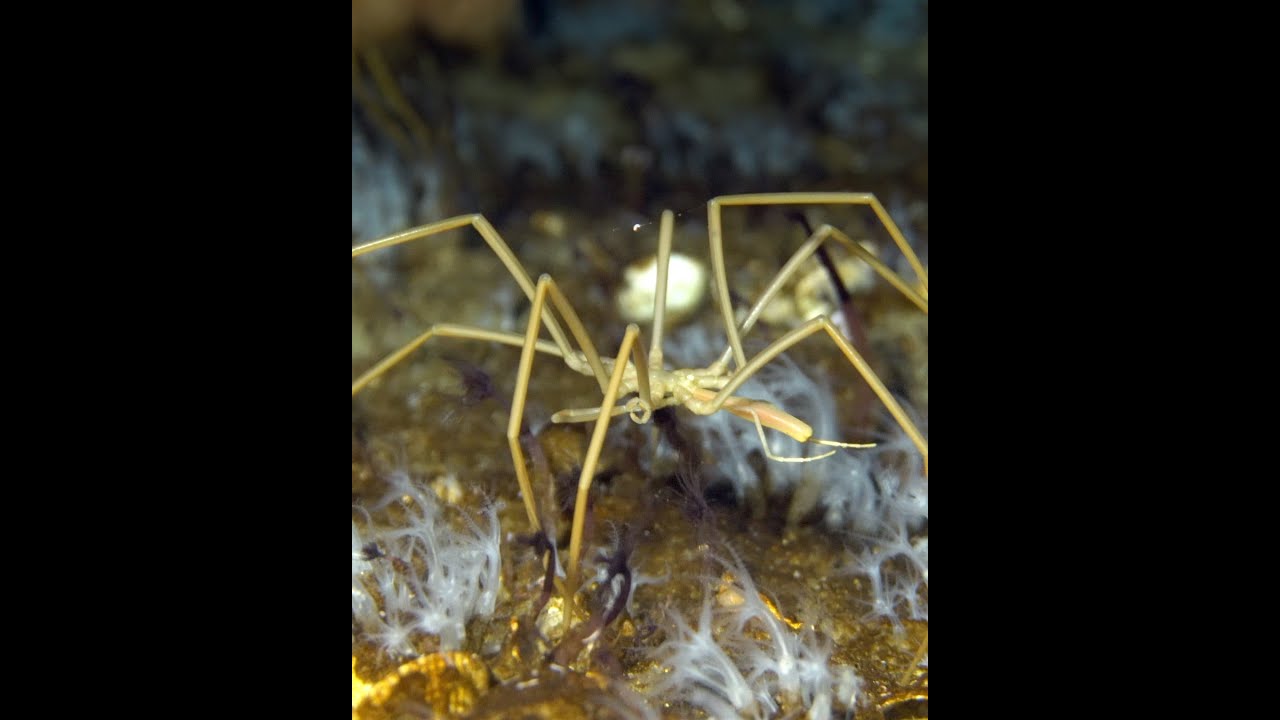
Introduction
Spiders are a diverse and vital component of the ecosystem, playing a critical role in controlling pest populations and maintaining ecological balance. With over 48,000 identified species worldwide, these arachnids exhibit a wide array of behaviours and adaptations. Their significance extends beyond their ecological function; they are also a subject of fascination and concern for researchers and the general public alike, particularly in light of recent studies highlighting their impact on agriculture and human health.
The Role of Spiders in the Ecosystem
As natural predators, spiders are essential for controlling insect populations, thus benefiting agriculture and reducing the need for chemical pesticides. For instance, a study published in the journal Nature Ecology & Evolution noted that spiders can consume significant quantities of insects, leading to more sustainable farming practices. Their ability to regulate pests also highlights their importance in maintaining biodiversity, as they contribute to the complex food web of their habitats.
Recent Research and Developments
In recent years, arachnology has seen significant advancements, especially concerning the behaviour and physiology of spiders. For example, a groundbreaking study from researchers at the University of California has revealed that specific species can adapt their hunting strategies based on the behaviour of their prey. Furthermore, research into spider silk has opened new avenues for biomedical applications, with many scientists investigating its potential in creating stronger and more flexible materials.
Public Perception and Safety Concerns
Despite their ecological benefits, spiders are often met with fear and misunderstanding. The rise of social media has amplified both awareness and anxiety surrounding spiders, with viral posts frequently highlighting encounters with potentially dangerous species. It’s important to educate the public on the vast majority of spiders that are harmless and beneficial. The UK’s National Biodiversity Network reports that out of the 650 species identified in Britain, only a few pose any threat to humans.
Conclusion
In conclusion, spiders are more than just creatures of fear; they are integral to a healthy ecosystem and hold significant promise for scientific advancements. As research continues to uncover the complexities of their behaviours and applications of spider silk, the future looks bright for arachnology. By fostering understanding and appreciation for these fascinating arthropods, we can protect their populations and, in turn, our environment. As environmental changes continue to reshuffle ecosystems, protecting spider habitats will be crucial to maintaining their pivotal role in nature.
You may also like

Understanding Mosquera Wolves and Their Conservation Needs

The Unique Biodiversity and Culture of Madagascar
